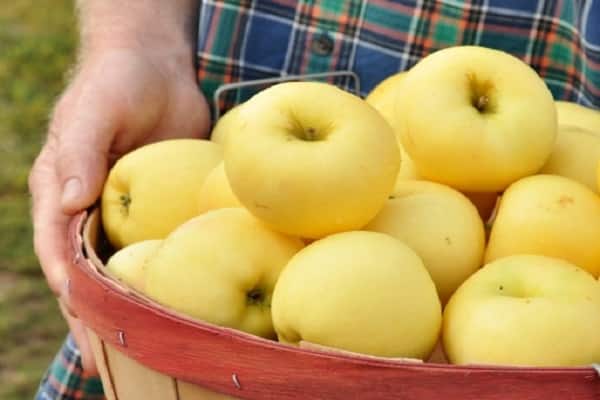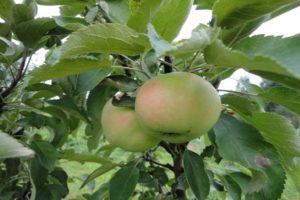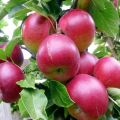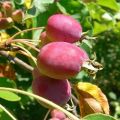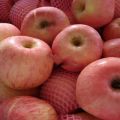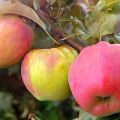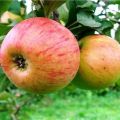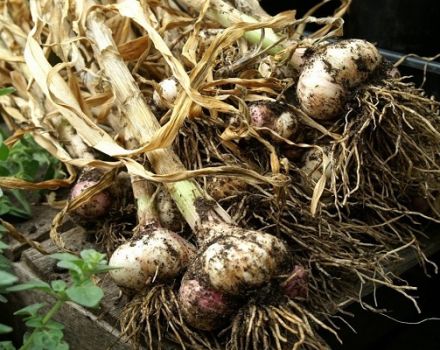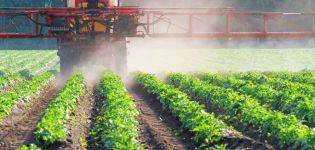Description of the yellow sugar apple variety and yield, breeding history and growing regions
In Russia, there is practically no person who refuses to crunch a ripe, juicy apple just picked from a branch. To do this, it is enough to plant a couple of trees on your site, which will delight you with an excellent harvest. Gardeners are advised to choose the Yellow Sugar apple tree. Its fruits have a pleasant, refreshing taste, and the tree itself does not require much effort to grow. How this variety can be grown on your site and how it differs from others, we learn from the material below.
What kind does it belong to
Gardeners attribute Yellow Sugar to the summer varieties of apple trees, the fruits of which are consumed not only fresh, but also easily processed.
The tree does not require much time and effort, giving a stable harvest in any area. This breed is considered winter-hardy, and tolerates dry years without problems.
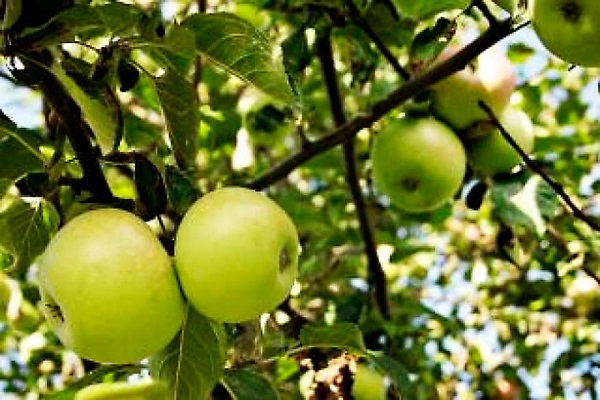
Description of the variety
The apple tree variety Yellow Sugar can be characterized by a number of features, for which the following list will be presented:
- Fast growing tree.
- The maximum height is 8 meters.
- The crown is thick.
- Fruit color is green.
- The fruit has a yellowish grainy flesh.
- The average weight of one apple is 150 grams.
- The apple tastes sweet, with light notes of sourness.
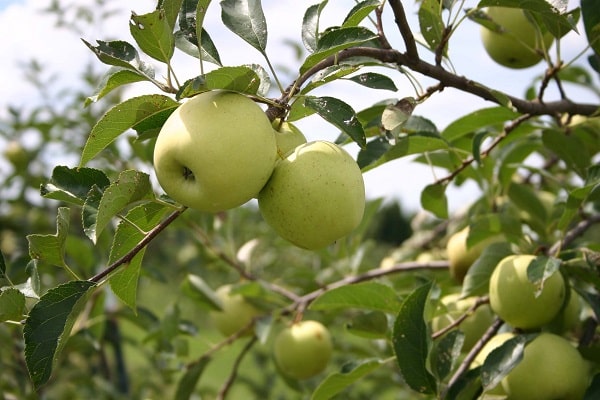
Breeding history
The variety of apples, called by gardeners Yellow Sugar, appeared thanks to the research activities of the breeder G.A. Belov, which he carried out in the Volgograd region. The first trees appeared exactly there, on the Kirov collective farm, Kubino-Ozersky district.
Region of origin
The main habitat of the apple tree is the North-West region of the Russian Federation, but, due to its unpretentiousness, it is found in other regions of Russia and neighboring countries. Most often these apple trees are found in Volgograd and the Volgograd region.
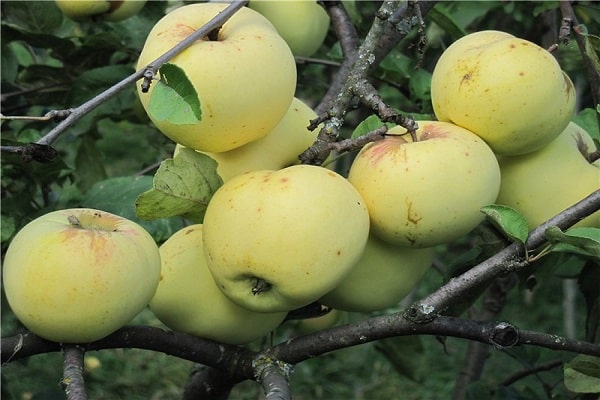
Specifications
Many gardeners who have met with this variety note its exceptional characteristics and especially highlight the following of them:
- medium high yield;
- standard sizes of an adult tree;
- excellent tasting assessment;
- winter hardiness;
- optimal resistance to disease.
Let's take a look at each of them separately.
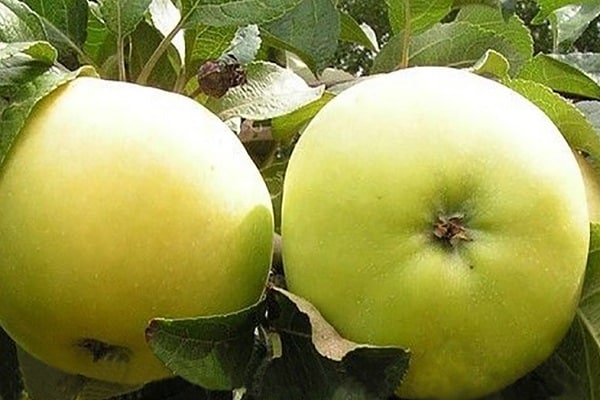
Pros and cons
The pluses include:
- unpretentiousness to the soil on which the tree grows;
- tolerates drought and frost well;
- the fruits of the tree are easy to transport, since they do not deteriorate during transportation and do not lose their presentation;
- the fruit has a pleasant taste and aesthetic appearance, which is especially appreciated by gardeners who grow apples for sale.
The disadvantages include the crumbling of apples, which is why it is highly not recommended to be late in harvesting.
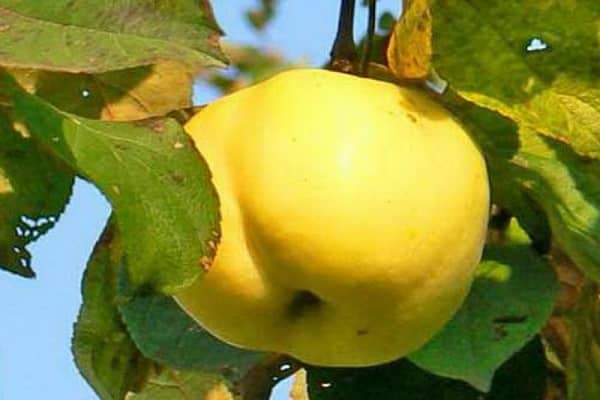
Yield
The variety has an average yield. The reason for this is the crumbling of apples that have not yet had time to ripen and gain the necessary mass. A good result is the collection of 1 quintal of apples from one tree that have reached the required ripeness. Mature food tastes good and can be transported long distances without any problem.

Dimensions of an adult tree
The average size of apple trees is 6-7 meters. The maximum trunk height is 8 meters, but such specimens are extremely rare. The tree is a medium-sized tree with dense, spreading and slightly lowered crowns.
The leaves are large and light green in color. In some cases, Sugar Yellow can be used for decorative purposes, giving a special charm to your garden or summer cottage. According to some characteristics, the tree is similar to the Chinese Zolotnyanka variety.

Tasting assessment
If you evaluate apples from a tasting point of view, experts describe the following advantages of the variety:
- the fruit is juicy and tender;
- prevailing sweet notes with a light, subtle, sourness;
- the pulp is granular, has a pleasant aroma;
- the skin is smooth and dense, pleasant to the touch.
Note! Experts, evaluating the fruit on a 5-point scale, give this variety an assessment of 4.7 points. A limited number of varieties can boast of such ratings, which every self-respecting gardener will be glad to have on his site.
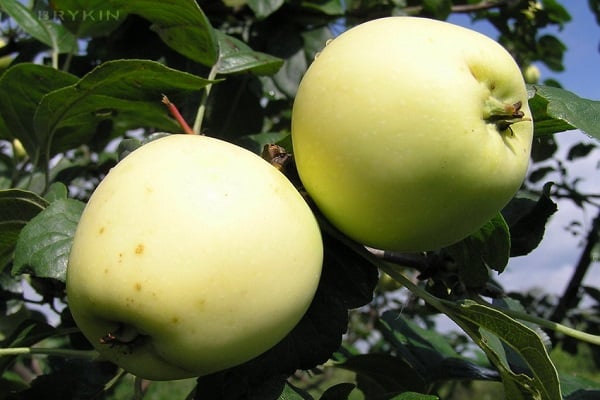
Winter hardiness
The Sugar Yellow variety is considered winter-hardy, capable of enduring unexpected frosts without damage even during the flowering period. Thanks to this, the variety has become widespread in the northern regions of our country. Trees withstand summer drought stably and thrive on any soil. Gardeners celebrate this variety for its unpretentiousness to the surrounding conditions.
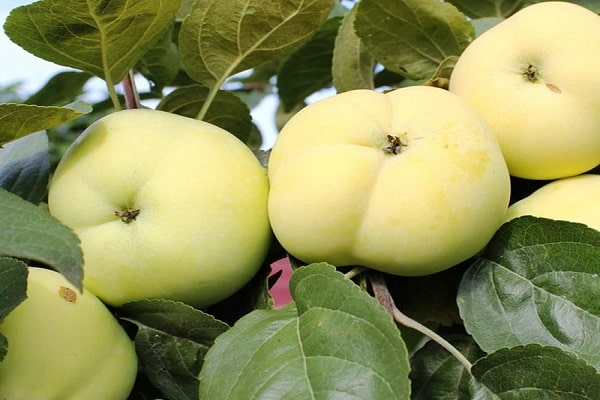
Disease resistance
Unfortunately, the apple-trees of the Zheltoye Sugar variety cannot boast of increased resistance to diseases and pests. This indicator is at an average level for them. Experienced gardeners who have been growing this crop for several years advise a complex of preventive measures. Thanks to this, it is really possible to reduce the likelihood of tree diseases and strengthen their protection.
The complex includes:
- destruction of fallen leaves and fruits that have fallen as a result of bad weather, illness or other external factors;
- periodic thinning of the crown of trees;
- treatment of apple trees with special preparations containing copper and other fungicides;
- removal and destruction of pests that damage the bark and leaves of trees.

The timing of flowering and ripening of fruits
Trees begin to bloom and bear fruit only in the fourth year after planting on the site. In rare cases, fruits appear after three years. After the first fruits appear, each subsequent year will bring a stable harvest.
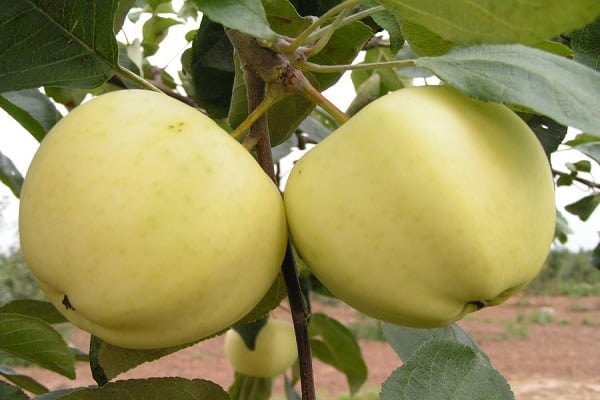
If the weather conditions in your area are favorable, the fruits ripen in the second half of August. Regions closer to the North can only start harvesting at the end of August. The fruits ripen at the same time, and experts advise against delaying the harvest, as it can fall to the ground.
